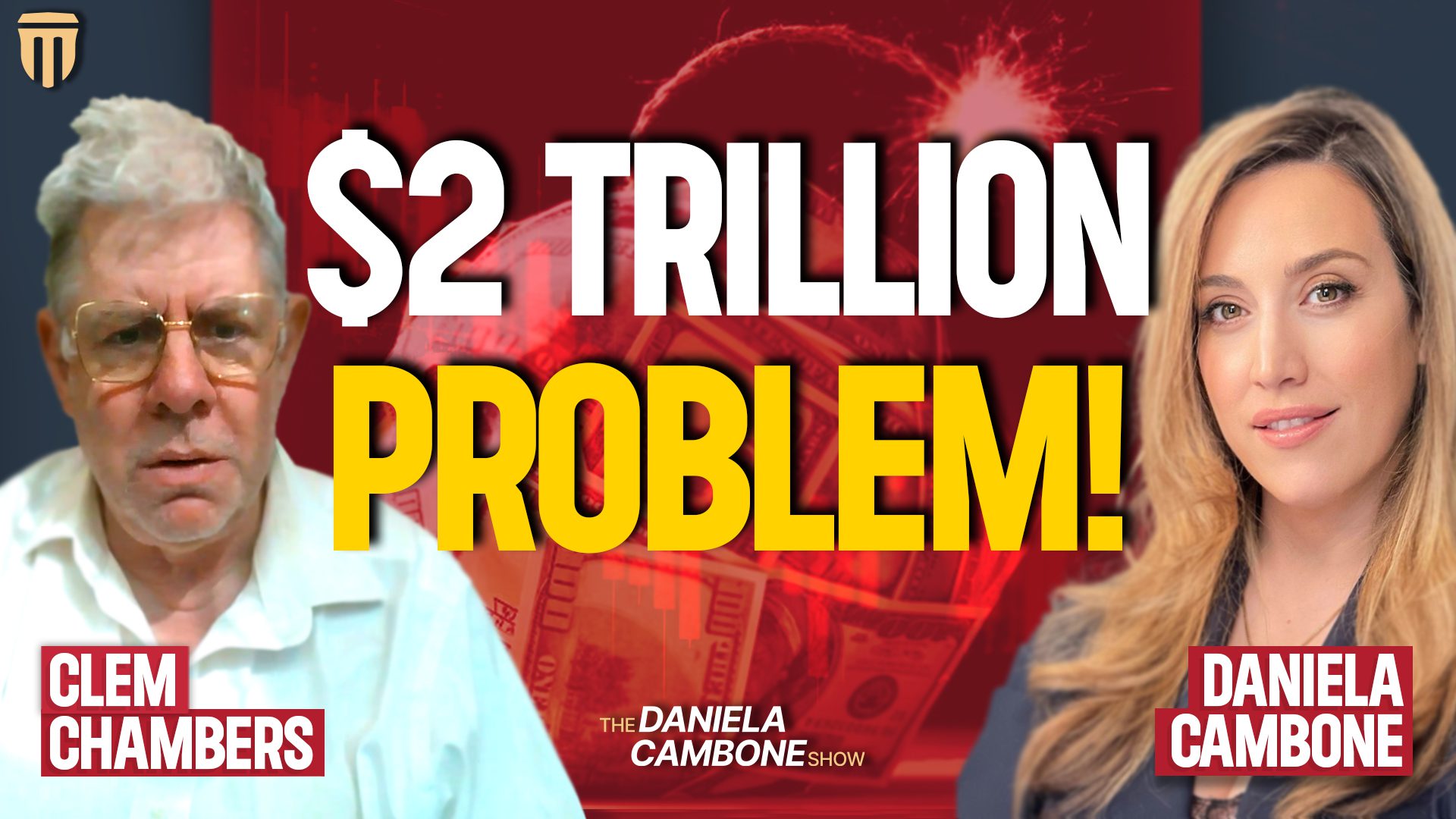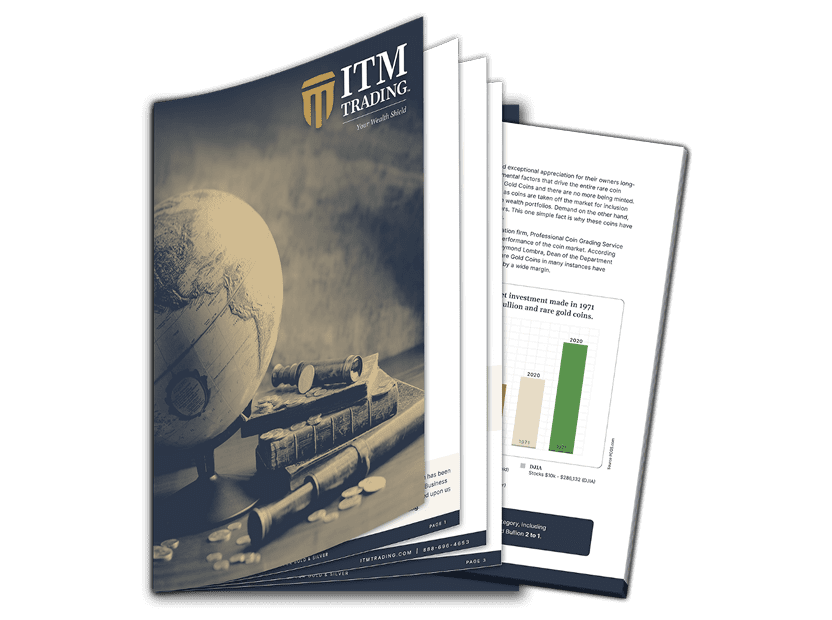Star Struck Gold – Literally

Scientists have long held that many of earth’s basic elements, such as carbon, calcium, iron, and gold are the incidental result of nuclear fusion from stars like our sun. Eventually, as stars reach the end of their life they explode in a super nova and shoot the sun-born elements into the cosmos. As these elemental building blocks travel through space, they combine with other elements even more basic, hydrogen and helium to become the stuff our earth and even we are made of in the form calcium for our bones, iron for our blood, carbon for our dna and the gold that is amassed in the vaults of central banks.
It is estimated that a super nova happens about three times a century in our own galaxy. Now an even rarer event has been observed, one that occurs only once every 10,000 to 100,000 years and forms 10 of our moons worth of gold in the act. That is a lot of gold and it comes out of a neutron star collision, just not very often.
At the end of a star’s lifecycle, it moves into a phase called a super nova. This is when the star’s core compresses and falls in on its self to a incredibly dense and compact thing called a neutron star. Scientists have identified around 2,000 such neutron stars in our galaxy who’s mass is any where from 1.4 to 3.2 times bigger than our sun which is 864,938 miles wide. These neutron stars take their larger mass and compress it into an object less than 15 miles wide.
Researchers observed the collision in a flash-of-light phenomenon and determined it was a short gamma-ray burst. How short? It lasted only two-tenths of a second with a lingering fade of infrared light. They christened the collision GRB 130603B and the drawn out fade allowed them to identify the presence of gold and other heavy metals.
“It’s widely said that gold may originate in supernovae, or explosive star deaths, but this is still debated within the scientific community,†observes Wen-fai Fong, a graduate student at the Harvard-Smithsonian Center for Astrophysics. “This potential discovery provides an alternative, and perhaps dominant, mechanism for gold production.†She maintains that the two ideas are not incompatible, and gold could be produced in both scenarios, but in view of the recent discovery she says, “The production of heavy elements, such as gold, should accompany every neutron star merge.â€
We here at ITM Trading have always thought gold has a sort of celestial quality. It is good to be able to appreciate gold from afar but we would welcome the opportunity to share the benefits of buying gold coins up close and personal. If this sounds intriguing to you please give us a call at 1 888 OWN GOLD (1 888 696 4653)














